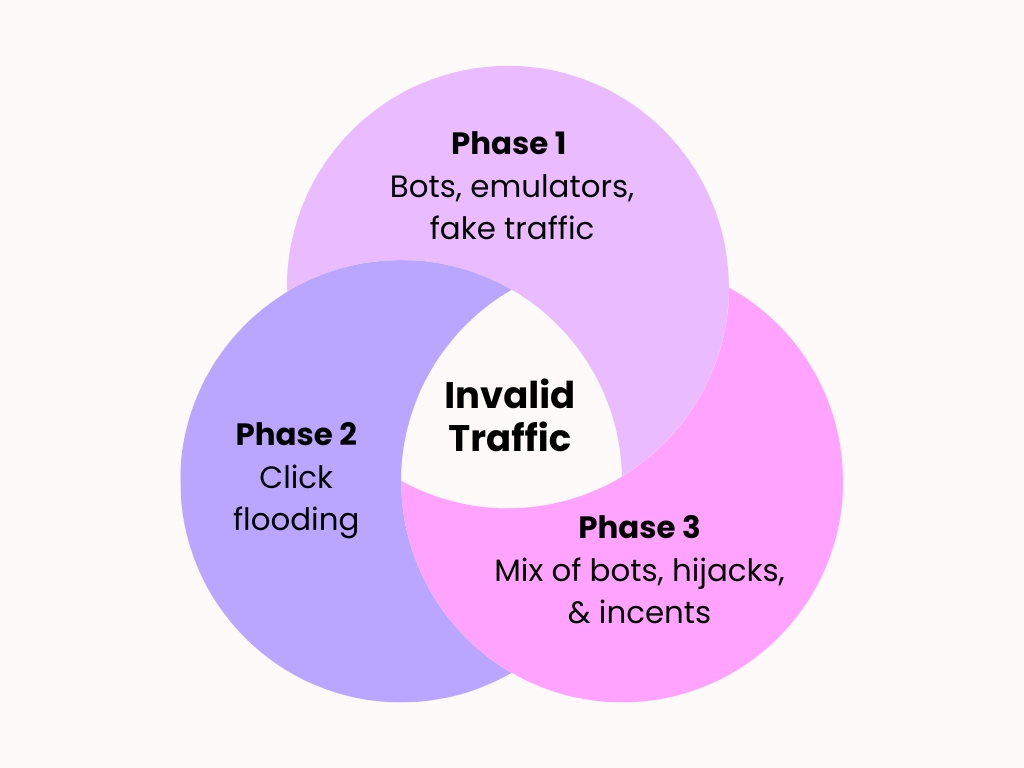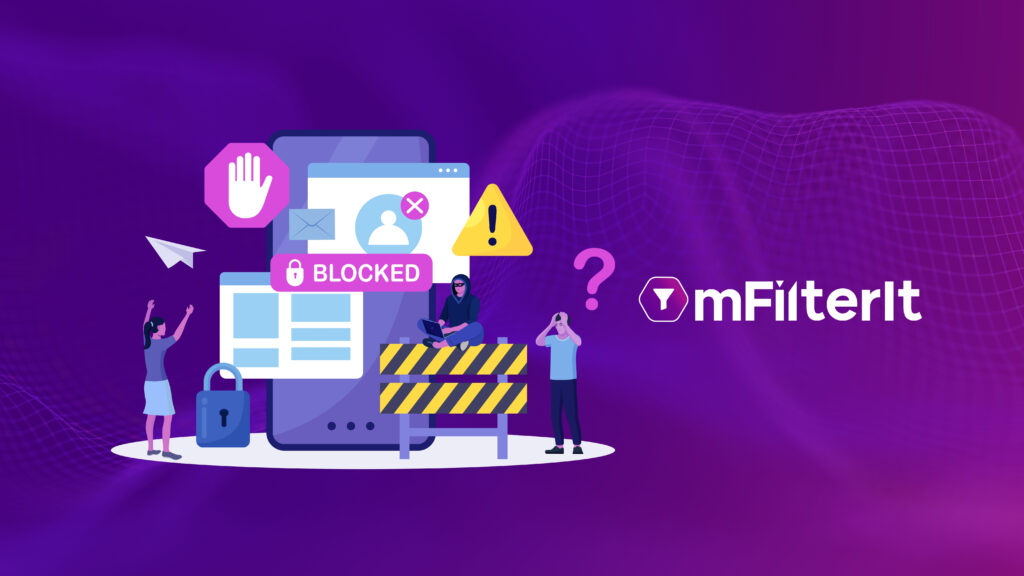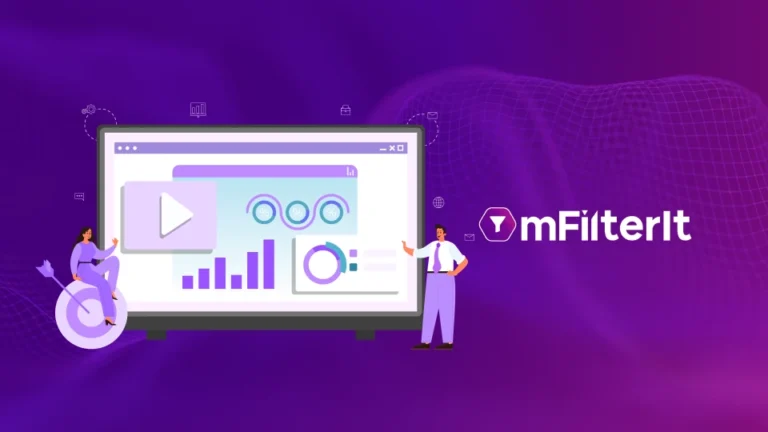Mobile marketers often trust attribution platforms as the single source of truth for campaign performance. They tell you where installs are coming from, which channels drive conversions, and how your ad spend translates into results. But what if that “truth” isn’t the full picture?
The uncomfortable reality is that attribution platforms were never designed to detect or prevent ad fraud; they were built to measure performance. And in today’s ecosystem, where fraudulent installs and fake users can mimic real behavior almost perfectly, that distinction matters more than ever.
This gap between what’s attributed and what’s actually real is where millions in marketing budgets silently leak away. To understand why attribution data alone can mislead you—and what you should really be looking at to uncover the truth—you’ll need to look beyond the dashboard.
Let’s break down where attribution platforms fall short, how fraudsters exploit these blind spots, and what a more transparent, validation-first approach looks like.
The New Face of Ad Fraud: How Sophisticated Mixing of Ad Fraud Masks the Truth
Mobile app fraud is not just limited to bot-inflated installs. The current mobile ad fraud landscape is a complex ecosystem of blended techniques, used to pass as legitimate traffic and bypass traditional attribution checks. Fraudsters have become experts at mixing ad traffic with bots and incorporating techniques that cause human-like engagement, creating the illusion of healthy campaigns.
Instead of flooding campaigns with just bot traffic, they now use multi-layered operations that mimic organic user patterns. Therefore, the advertisers are under the illusion that their campaigns are working fine. But the retention and ROI remain questionable. Let us break down this process of illusion for you to understand how fraudsters are mixing the ad traffic.

Phase 1 – The Setup: Bots, Emulators, and Fake Traffic
The illusion begins with bots, emulators, and fake devices generating huge volumes of clicks and installs. This early activity creates a surge of engagement, giving marketers the impression that their campaigns are performing well. These fake signals inflate dashboards, making campaigns look active and successful right from the start.
Phase 2 – The Mask: Click Flooding and Organic Hijacking
Once the initial numbers look strong, fraudsters flood campaigns with fake clicks to hijack last-click attribution for real installs happening later. This click flooding balances click-to-install ratios, keeping the data within “normal” ranges and avoiding suspicion.
Phase 3 – The Blend: Mix of Bots, Hijacks, and Incentivized Users
To complete the illusion, low-quality or incentivized users are mixed with fake and real traffic. This combination keeps engagement, retention, and conversion metrics looking believable — even though the underlying traffic quality is poor. Together, these phases hide invalid activity under seemingly perfect performance.
The Impact:
- Unusual spike in installs that happen around the same time instead of being spread out naturally.
- Misleading engagement metrics that overpromise and underdeliver.
- Fake retention and purchase events that misguide campaign optimization.
- The sophistication of these mixed techniques means that mobile app fraud isn’t just invisible; it’s believable if left invalidated.
Dive deeper into how fake ad traffic illusion impacts campaigns
Where Attribution Platforms Fall Short?
Attribution platforms only answer one question for you – who gets the credit for an install? But they don’t answer – whether the traffic was genuine? Or how to make the spends more efficient?
Most attribution systems work on deterministic tracking, relying on timestamps, partner data, and click IDs. This approach helps distribute credit, but it’s blind to fraudulent patterns hiding inside the data.
Here’s why built-in ad fraud detection solutions often fail:
- Rule-Based Detection: Static conditions like “block if CTIT < 10 seconds” can’t keep up with evolving types of mobile app fraud techniques.
- Lack of Behavioral Analysis: Attribution models don’t analyze post-install engagement depth or session behavior.
- No Cross-Source Visibility: They can’t connect anomalies across multiple networks or publisher IDs.
- SDK Blind Spots: Fake SDK signals pass off as real activity because attribution systems assume authenticity.
What You Lose Without an Independent App Traffic Validation Tool?
The financial impact of unvalidated traffic goes far beyond a few wasted installs. It corrupts every stage of the marketing funnel.
- Wasted Ad Spend- Every fake click, install, or event means money spent on people who don’t actually exist. Even a small amount of this fake activity can quietly eat up a big part of your yearly ad budget.
- Unreliable Data – Fake installs corrupt analytics systems. Campaigns optimized on this data double down on the wrong channels, making future strategies less effective.
- False Confidence – Attribution dashboards show growth that doesn’t exist, giving marketing teams the illusion of performance and ROI.
- Long-Term Damage – Unvalidated traffic inflates acquisition costs and weakens retention. When fake users fill your funnel, your CAC (Cost per Acquisition) rises, LTV (Lifetime Value) drops, and your optimization models start chasing ghosts.
How Independent App Traffic Validation Solutions Like mFilterIt Help?
App fraud detection is the missing link between tracking install attribution and validating the true source of attribution. That’s why independent mobile ad fraud detection tools are essential; they go beyond tracking to verify every click, install, and in-app event, helping marketers see the real picture of campaign performance and protect every dollar of ad spend.
Here’s what independent app traffic validation tools provide:
1. Get a Clearer Picture with AI-Powered Traffic Validation
Modern validation platforms use machine learning and big data analytics to scan millions of signals at once. They identify unusual patterns in clicks, installs, or events, catching sophisticated fraud in real time before it impacts your reports or ROI.
2. Eliminate Fake Installs with Unique Device Identification
The tool creates a unique digital fingerprint for every device. Validation tools use this to detect when multiple installs come from the same emulated or cloned devices, helping eliminate fake device activity that appears real to attribution dashboards.
3. Catch Click Flooding Early with CTIT Analysis
CTIT measures the time between an ad click and the app install. Genuine users take a few seconds or minutes, while bots or hijacked clicks show instant installs. Tracking CTIT helps spot unnatural patterns, flag automation, and prevent paying for fake installs.
4. Expose Unreal User Patterns with Behavioral Insights
Validation tools analyze how long it takes for users to perform key in-app actions after installing. If users complete multiple actions instantly, like signups or purchases, it indicates bots or fake engagement instead of real user interaction.
5. Gain Full Visibility with Source-Level Transparency
Independent validation provides visibility into exactly which publisher, sub-publisher, or ad partner generated each click or install. This allows marketers to identify underperforming or suspicious sources, block repeated offenders and invest only in trusted traffic.
6. Measure True User Interest with Engagement Authenticity
Beyond installs, validation measures whether users actually engage with the app, opening it multiple times, browsing, or making purchases. This helps marketers focus on real, high-value users instead of vanity metrics driven by fake or low-quality traffic.
Therefore, modern ad ecosystems demand real-time intelligence. With increasing complexities in user behavior and fraud tactics, marketers need deeper visibility and faster decision-making capabilities. And that’s where mFilterIt’s ad fraud detection solution – Valid8 makes the difference.
Our AI-powered platform continuously validates every click, install, and event across the user acquisition funnel, helping advertisers separate genuine users from fraudulent activity. By combining device-level fingerprinting, behavioral analytics, and advanced machine learning, mFilterIt identifies click flooding, bot traffic, invalid traffic, emulators, install hijacking, SDK spoofing, event spoofing, mixed traffic, and fake in-app engagements, etc., proactively.
Moreover, his validation layer doesn’t just detect fraud; it feeds clean, trusted data back into your campaigns, enabling smarter optimizations, stronger ROAS, and improved retention.
The Future of App Growth: Transparency Over Trust
The future of app growth relies on platforms that can verify the most authentic interactions. And the brands that will embrace independent validation will gain a competitive edge built on transparency and performance truth, restoring confidence in every optimization-level decision you make.
Your Next Step
If you’re unsure how much of your current app performance is real, it’s time for an ad traffic audit. Question about what’s being measured, and what’s being missed, to your attribution partners to ensure growth is built on authentic engagement, not illusions.
Start validating your traffic today. Speak to our experts to know more.



